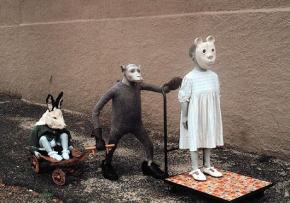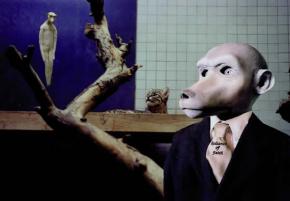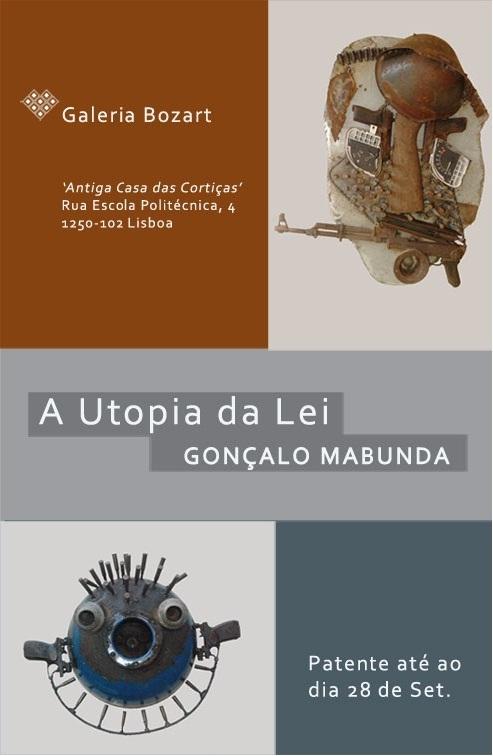exposição escultura
Postes avec la étiquette exposição escultura
Archives
Auteur
- administrador
- adrianabarbosa
- Alícia Gaspar
- arimildesoares
- camillediard
- candela
- catarinasanto
- claudiar
- cristinasalvador
- franciscabagulho
- guilhermecartaxo
- herminiobovino
- joanapereira
- joanapires
- keitamayanda
- luisestevao
- mariadias
- marialuz
- mariana
- marianapinho
- mariapicarra
- mariaprata
- martacacador
- martalanca
- martamestre
- nadinesiegert
- Nélida Brito
- NilzangelaSouza
- otavioraposo
- raul f. curvelo
- ritadamasio
- samirapereira
- Victor Hugo Lopes
Data
- décembre 2025
- novembre 2025
- octobre 2025
- septembre 2025
- août 2025
- juillet 2025
- juin 2025
- mai 2025
- avril 2025
- mars 2025
- février 2025
- janvier 2025
Étiquettes
Les plus lus
- Maneiras de Ver: Empregadas Domésticas e Mulheres-a-dias em Portugal
- A Cidade Invisível:
- O Agente Secreto
- Kriolu Ku Gii ao vivo em Assomada – Debate sobre a Oficialização da Língua Cabo-verdiana
- Cantos e Contos de Resistência: Histórias e Celebrações Afro-Brasileiras”
- Deep time Soundings / Escuta do Tempo Profundo Palestra-Performance de Margarida Mendes
- Rito de Transição: Corpo T
- TEATRO MERIDIONAL PROMOVE AS JORNADAS DE REFLEXÃO SOBRE O IMPACTO DA DESCOLONIZAÇÃO NAS ARTES PERFORMATIVAS
- "DIA JÁ MANCHE": o espírito do Monte Cara renasce
- Casa 75, Branca Clara das Neves
 While Alexander’s figures are, in many ways, emblems of monstrosity, they are oddly beautiful. Her creatures expose the human animal for all it is and all it could become. Though clearly concerned with social issues, Alexander’s sculptural installations and photographs do not judge, nor do they convey a particular political or moral standpoint. “There is no glorification of human misery here, only recognition of human tenacity and will, dignity among the wretched, a hint of the thread that connects us all and beyond.” (Ash Amin, On Being Human)
While Alexander’s figures are, in many ways, emblems of monstrosity, they are oddly beautiful. Her creatures expose the human animal for all it is and all it could become. Though clearly concerned with social issues, Alexander’s sculptural installations and photographs do not judge, nor do they convey a particular political or moral standpoint. “There is no glorification of human misery here, only recognition of human tenacity and will, dignity among the wretched, a hint of the thread that connects us all and beyond.” (Ash Amin, On Being Human) An illustrated catalogue accompanies the exhibition, edited by Pep Subiros with contributions by Jane Alexander, Ashraf Jamal, Kobena Mercer, Simon Njami, Pep Subiros, and Lize van Robbroeck.
An illustrated catalogue accompanies the exhibition, edited by Pep Subiros with contributions by Jane Alexander, Ashraf Jamal, Kobena Mercer, Simon Njami, Pep Subiros, and Lize van Robbroeck.

